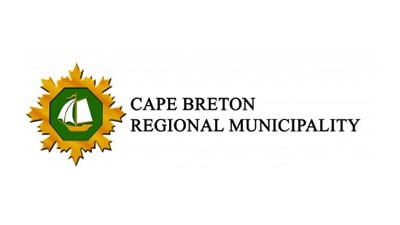Cape Breton is an island located in the Canadian province of Nova Scotia in the Atlantic coast of North America. It is divided into four of 8 counties in Nova Scotia; these include Inverness, Cape Breton, Victoria, and Richmond. The total population of these counties (and hence of Cape Breton) is 132,010, based on the 2016 Canadian population census. From the population, Cape Breton constitutes about 15% of the Nova Scotia population.
Interestingly, Cape Breton Island is one of the few municipalities in Canada that experienced a decrease in population from 2011 to 2016 with a 2.9% population decrease. Most of the Cape Bretoners, up to 75%, live in Cape Breton Regional Municipality (CBRM), commonly known as Industrial Cape Breton. The CBRM was the heartland of Nova Scotia throughout the 20th century due to its history of steel manufacturing and coal mining. As a matter of fact, the coal history of the Cape Breton Island has a great influence in its recent economic history.
There are two major coal deposits in the island – the Sydney Coal Field, and the Inverness Coal Field. Cape Breton is also notable for tourism, fishing, small-scale agriculture, and forestry. One of the most common tourist attractions on the Island is whale-watching. The tourism marketing emphasizes a lot on its Scottish Gaelic heritage via events like the Celtic Color Festival and promotions through the Gaelic College of Celtic Arts and Crafts.
To learn more about Cape Breton, click here.


